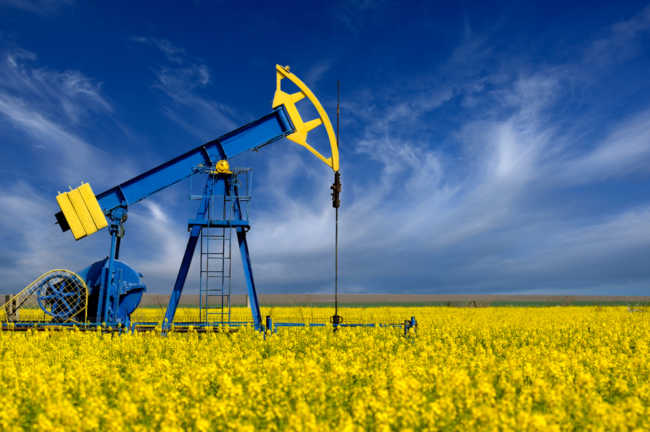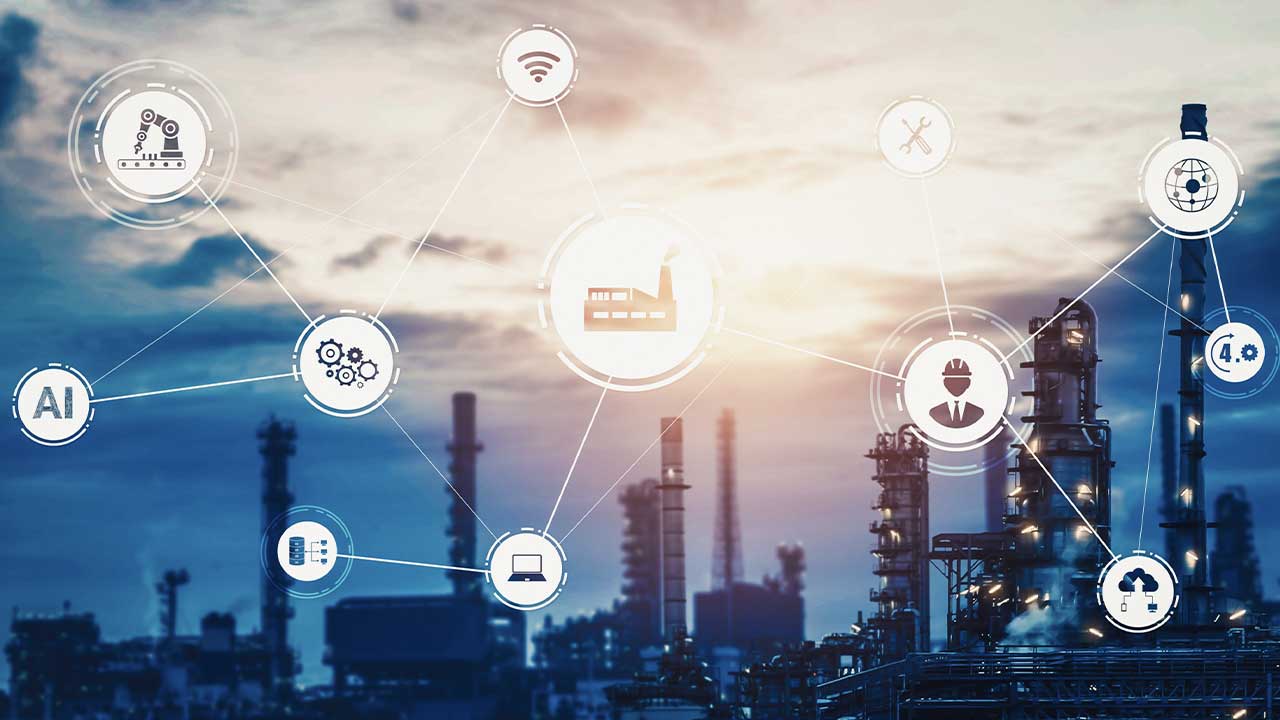The Hydrocarbon Industry and IIoT Transformation
After years of high and rising oil prices, the latest drastic drop in Oil prices put indebted Oil and Gas companies on credit rating agencies watch lists and resulted in some oil and gas companies going the traditional route of cost cutting measures such as layoffs and capital expense reductions. However, some organizations realizing that these measures may be short sighted and counter-productive began to heavily invest and rely on new tools to improve efficiency. Technological advances have enabled companies to maintain production in the lower oil price environment while maintaining some level of profitability. Within this sector, the benefits of Industrial Internet of Things (IIoT) applications should and are being leveraged to create new value in information about elements of their business that manage existing assets for increased reliability, optimization, supply chains and customer relationships. The IIoT solutions being offered allows integration of sensing, communications, and analytics capabilities that has been developing over the recent years.
For an industry that is typically not resistant to adopting new technology, what are the catalysts that is driving and enabling this shift to information based value creation, where costs are dropping and higher functionality is exponentially increasing.
- Realization of predicting the future with data.
- Volumes of data spurs collaboration between Operations – Business – IT.
- Recognizing the value of Data Scientists.
- Cautious and Secure strategies towards the Cloud and edge devices that address Risk Management.
- A Plan to successfully manage the transition for recreating processes and system architectures
Corporate executives must build the policies and culture to link IIoT/IoT deployments with specific business strategies. Advances in instrumentation, process automation and collaboration have proliferated the volume of data from sensors, weather, seismic and geolocation that needs to be harnessed. From sensor integrated drilling rigs to data on-shoring systems in highly developed environments, there are signs within this market upturn that companies are taking every opportunity to ensure they remain up-to-date of the latest developments.
Within this diversified field, upstream organizations such as exploration and production can focus on gaining new operational insights. The data that is generated within this sector exceed 1.5 terabytes a day, the ability to harness and analyze that data seamlessly within these large operations is key to realizing the benefits.
Midstream organizations, such as transportation, pipelines and storage can focus on greater network integrity and commercial opportunities. A major pump failure can cost as high as $250,000 a day in lost production; utilizing IIoT/IoT and analytics to monitor additional critical points and equipment can identify when a pump or other secondary devices will begin to affect performance.
Downstream organizations, such as petroleum refiners and distributers can focus on revenue generations by increasing their visibility into the overall supply chain and targeting consumers through connected marketing. In this highly commoditized area of the market, refiners focus on operating their refineries as efficiently as possible. So, avoiding shutdowns is key, yet the industry is having approximately 500 unscheduled refinery shutdowns per year within the U.S. From a global perspective, unscheduled shutdowns cost over $15 billion per year of lost production and when coupled with an estimated $50 billion in ineffective maintenance, IIoT/IoT vendors have a strong business case to make and present to the management teams.
Those Data Science and Analytics vendors that integrate their solutions with Automation solution providers are gaining market share and are quickly able to demonstrate their benefits to Customers.
Retailers are boosting their sales of gas and products through connected car programs. Cloud enabled telematics solutions, with social media networks are facilitating marketing and predictive analytics.
By fully optimizing the IoT/IIoT solutions available, an oil and gas company with $50 billion in annual revenue could increase its profits by nearly $1 billion, according to a Cisco study.
Over the next three to five years, 60% of oil and gas executives worldwide say they will invest more than they currently do in digital, 85% believe they can leverage analytics to improve business practices according to a recent Microsoft and Accenture survey.
The Big Data Revolution is still in its early days with lots of the potential for value creation still unrealized. However, this technology has set the industry on a path of rapid change and new discoveries; stakeholders that are driven to innovation will likely be the first to reap rewards.
This article was written by Anil Gosine. He has over 19 years of construction management, operations and engineering experience within the Industrial Sector with a primary focus on electrical, Instrumentation and automation process and systems in the U.S., Canada, and Central America. He has been heavily involved in the utility industry for over 11 years engineering, implementing and project managing a wide range of projects, utilizing a wide array of products and control system technologies within this industry segment. Anil is an active member of several professional organizations and independently participates in industry forums and technical committees for infrastructure development, industrial automation design and implementation, data analytics, and cyber-security processes. Originally this article was published here.



